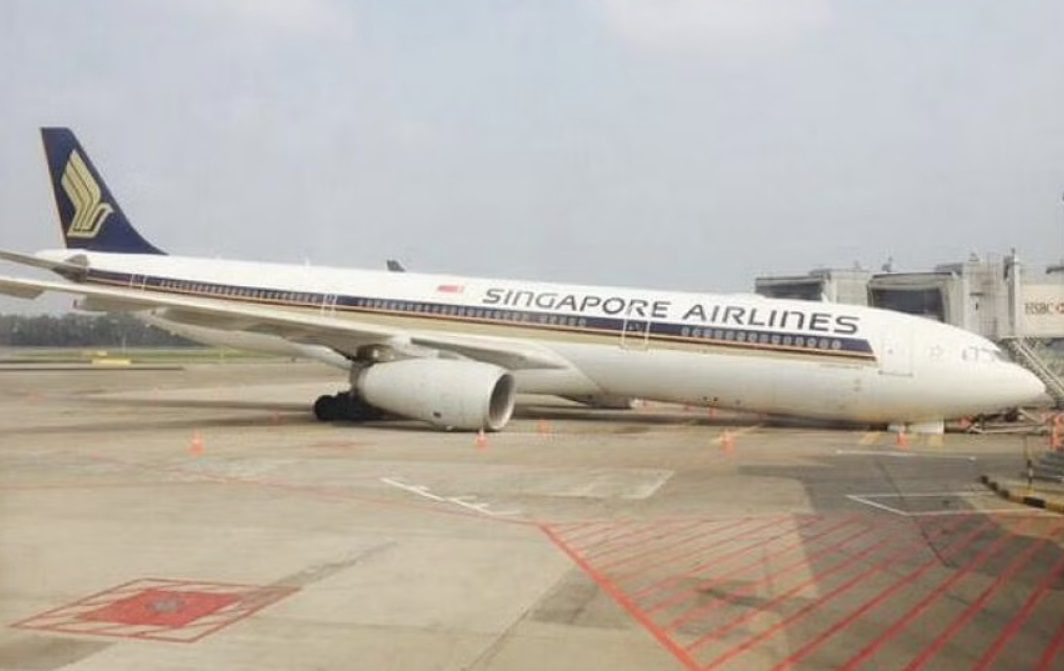This protection is part of the lease and it details what and how such incidents will be dealt with financially, in short the lessee bears the responsibility – the below illustrates some sample expectations to illustrate how lease negotiation and understanding is paramount at all times.
The lessee is required to fully repair any damage to the aircraft, airframe, or engine that does not meet the criteria of a Total Loss, which means any damage that can feasibly be repaired must be addressed by the lessee.
The repairs must restore the aircraft or engine to an airworthy condition and ensure it is in at least the same condition as prior to the damage.
The quality of the repairs must meet the original standards as specified by the manufacturer or as agreed upon in the lease, which ensures that the aircraft or engine remains reliable and functional for the duration of its use and protects the asset value either individually or as a whole.
All costs associated with the repairs are borne by the lessee. This includes labour, parts, and any ancillary expenses related to executing the repairs.
The lessee must manage these expenses without delay to avoid compounding issues or further damage, which could potentially escalate into a Total Loss situation if not addressed promptly.
Despite the occurrence of damage and the need for repairs, the lessee’s financial obligations under the lease continue without interruption and includes the ongoing payment of rent at the agreed rate of $XXX per month.
The obligation to continue paying rent during the repair period emphasizes the lessee’s responsibility to maintain financial regularity and operational readiness.
Compliance with Lease Terms:
The repairs and handling of the damaged aircraft or engine must adhere strictly to the terms laid out in the lease agreement and includes following specific procedures for assessments, repairs, and the final acceptance of the work done.
Failure to comply with these terms can lead to breaches of the lease, potentially resulting in financial penalties or legal disputes, so by understanding these detailed obligations, the lessee can better manage their responsibilities and minimize financial exposure and risks associated with aircraft operation and maintenance.
It’s imperative that these obligations are met diligently to maintain the lease’s integrity and ensure the aircraft’s operational viability and safety.
Follow us on LinkedIn to learn more and why not check out our courses on aircraft lease transitions
